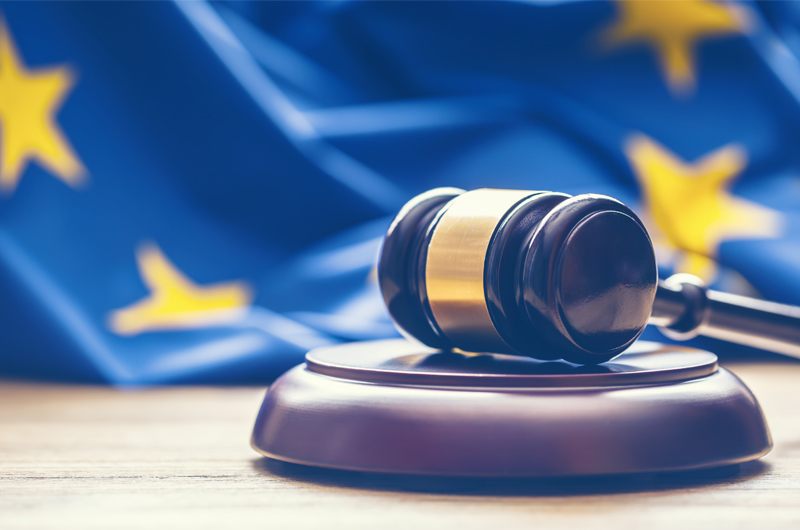WHAT IS A SUSTAINABLE ECONOMIC ACTIVITY UNDER THE EU TAXONOMY?
For a business to earn the label of a sustainable economic activity under the EU Taxonomy regulation, it must fulfill a set of specific conditions. The parameters for determining an economic activity’s sustainability are guided by four criteria:
- The economic activity must play a part in achieving at least one of the six environmental objectives.
- The activity must also ensure ‘no significant harm’ (DNSH) comes to any environmental objectives, reinforcing a holistic approach to sustainability.
- The activity must uphold ‘minimum safeguards’ like the UN Guiding Principles on Business and Human Rights. This requirement guarantees that pursuing environmental sustainability doesn’t lead to adverse social consequences.
- The activity must adhere to the technical screening criteria crafted by the EU Technical Expert Group, establishing a consistent and clear standard for all.
The Taxonomy has also introduced two categories that significantly contribute to one or more environmental objectives: “enabling activities” and “transitional activities.” These categories are essential as they permit the inclusion of activities that might not typically be deemed sustainable, thereby supporting the broader aim of encouraging sustainability.
Enabling activities serve as facilitators, helping other activities significantly contribute to at least one of the Taxonomy’s six environmental objectives (Climate change mitigation, Climate change adaptation, Sustainable use and protection of water and marine resources, Transition to a circular economy, Pollution prevention and control, Protection and restoration of biodiversity and ecosystems). They must ensure a substantial positive environmental impact over their lifecycles.
Transitional activities are those that mitigate climate change. To qualify as transitional activities, these criteria must be met:
- No technological or economically viable low-carbon alternatives are available.
- The Green House Gas emissions levels should represent the best performance within a given industry.
- The activities do not result in carbon lock-in, and they cannot prevent development and deployment of low-carbon alternatives.






